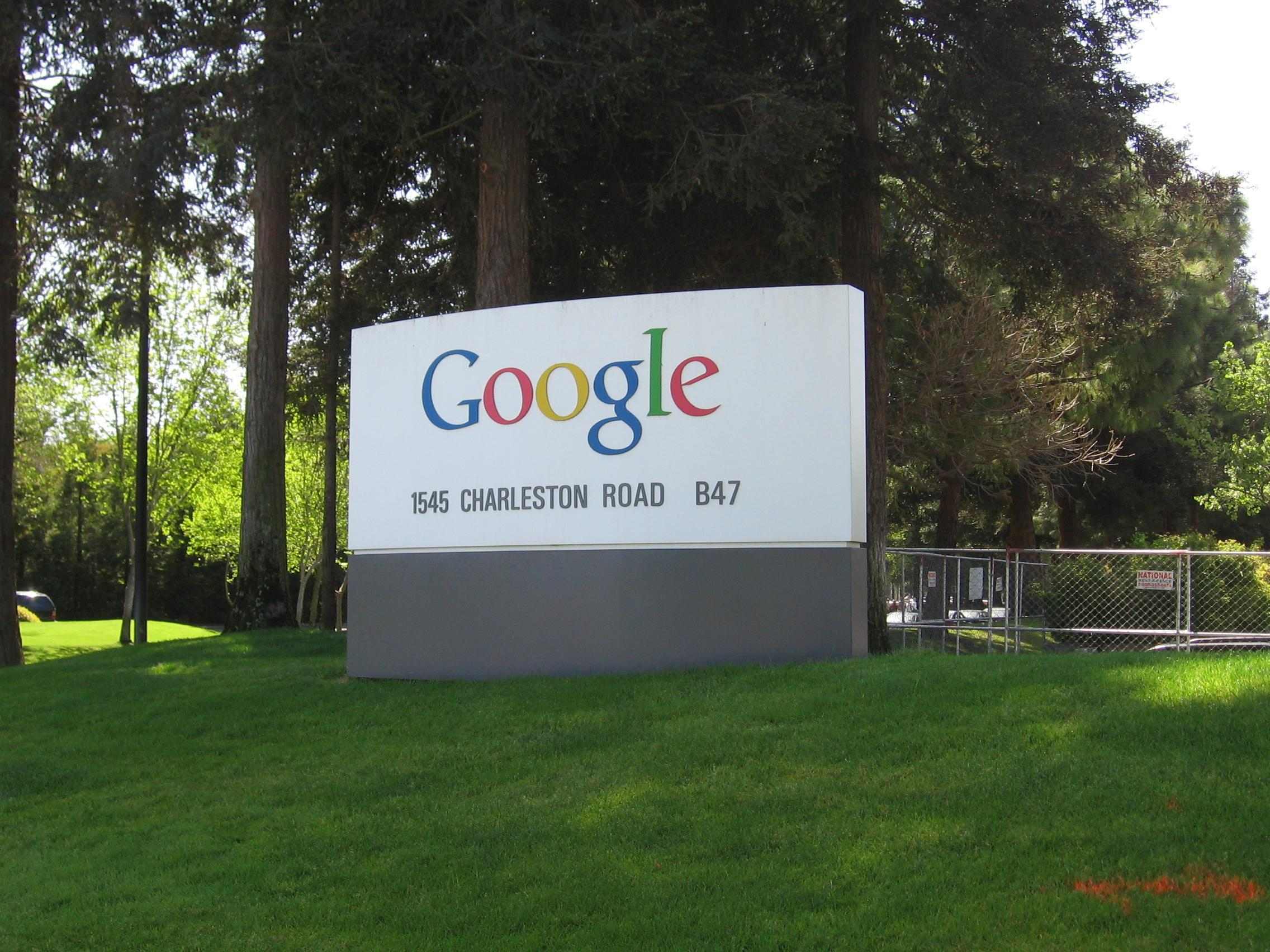7.1 Decision-Making Culture: The Case of Google
Google (NASDAQ: GOOG) is one of the best-known and most admired companies around the world, so much so that “googling” is the term many use to refer to searching information on the Web. What started out as a student project by two Stanford University graduates—Larry Page and Sergey Brin—in 1996, Google became the most frequently used Web search engine on the Internet with 1 billion searches per day in 2009, as well as other innovative applications such as Gmail, Google Earth, Google Maps, and Picasa. What is the formula behind this success?
Google strives to operate based on solid principles that may be traced back to its founders. In a world crowded with search engines, they were probably the first company that put users first. Their mission statement summarizes their commitment to end-user needs: “To organize the world’s information and to make it universally accessible and useful.” While other companies were focused on marketing their sites and increasing advertising revenues, Google stripped the search page of all distractions and presented users with a blank page consisting only of a company logo and a search box. Google resisted pop-up advertising, because the company felt that it was annoying to end-users. They insisted that all their advertisements would be clearly marked as “sponsored links.” This emphasis on improving user experience and always putting it before making more money in the short term seems to have been critical to their success.
Keeping their employees happy is also a value they take to heart. Google created a unique work environment that attracts, motivates, and retains the best players in the field. On their Mountain View, California, campus called the “Googleplex,” employees are treated to free gourmet food options including sushi bars and espresso stations. In fact, many employees complain that once they started working for Google, they tend to gain 10 to 15 pounds! Employees have access to gyms, shower facilities, video games, on-site child care, and doctors. These perks create a place where employees feel that they are treated well and their needs are taken care of. Moreover, they contribute to the feeling that they are working at a unique and cool place that is different from everywhere else they may have worked.
In addition, Google encourages employee risk taking and innovation. How is this done? When a vice president in charge of the company’s advertising system made a mistake costing the company millions of dollars and apologized for the mistake, she was commended by Larry Page, who congratulated her for making the mistake and noting that he would rather run a company where they are moving quickly and doing too much, as opposed to being too cautious and doing too little. This attitude toward acting fast and accepting the cost of resulting mistakes as a natural consequence of working on the cutting edge may explain why the company is performing much ahead of competitors such as Microsoft and Yahoo! One of the current challenges for Google is to expand to new fields outside of their Web search engine business. To promote new ideas, Google encourages all engineers to spend 20% of their time working on their own ideas.
Google’s culture is reflected in their decision making as well. Decisions at Google are made in teams. It is common for several small teams to attack each problem and for employees to try to influence each other using rational persuasion and data. Gut feeling has little impact on how decisions are made. In some meetings, people reportedly are not allowed to say “I think…” but instead must say “the data suggest….” To facilitate teamwork, employees work in open office environments where private offices are assigned only to a select few.
How do they maintain these unique values? In a company emphasizing hiring the smartest people, it is very likely that they will attract big egos that may be difficult to work with. Google realizes that its strength comes from its “small company” values that emphasize risk taking, agility, and cooperation. Therefore, they take their hiring process very seriously. Hiring is extremely competitive and getting to work at Google is not unlike applying to a college. Candidates may be asked to write essays about how they will perform their future jobs. Recently, they targeted potential new employees using billboards featuring brain teasers directing potential candidates to a Web site where they were subjected to more brain teasers. Each candidate may be interviewed by as many as eight people on several occasions. Through this scrutiny, they are trying to select “Googley” employees who will share the company’s values, perform at high levels, and be liked by others within the company.
Based on information from Elgin, B., Hof, R. D., & Greene, J. (2005, August 8). Revenge of the nerds—again. BusinessWeek. Retrieved April 30, 2010, from http://www.businessweek.com/technology/content/jul2005/tc20050728 _5127_tc024.htm; Hardy, Q. (2005, November 14). Google thinks small. Forbes, 176(10); Lashinky, A. (2006, October 2). Chaos by design. Fortune, 154(7); Mangalindan, M. (2004, March 29). The grownup at Google: How Eric Schmidt imposed better management tactics but didn’t stifle search giant. Wall Street Journal, p. B1; Lohr, S. (2005, December 5). At Google, cube culture has new rules. New York Times. Retrieved April 30, 2010, from http://www.nytimes.com/2005/12/05/technology/05google.html; Schoeneman, D. (2006, December 31). Can Google come out to play? New York Times. Retrieved April 30, 2010, from http://www.nytimes.com/2006/12/31/fashion/31google.html; Warner, M. (2004, June). What your company can learn from Google. Business 2.0, 5(5).
Discussion Questions
- What are the benefits to involving all employees in decision-making? What are some of the potential drawbacks?
- How might you strike a balance — that is, harness the benefits of employee empowerment while also avoiding some of the pitfalls?

